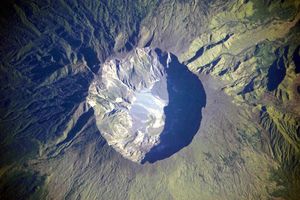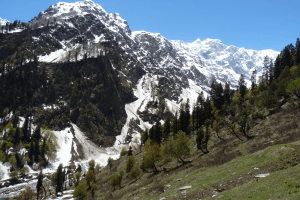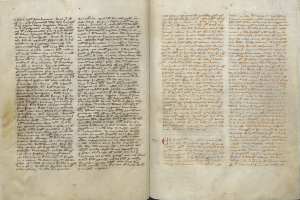CALDERA – EffeCts of lArge voLcanic eruptions on climate and societies: UnDerstand the impacts of past Events and related subsidence cRises to evAluate potential risks in the future
We have exciting news!!! Our Synergia project will be funded by the Swiss National Science Foundation! This project will help scientists to better understand the impacts of large volcanic eruptions on the Climate System and their effects on human societies.







